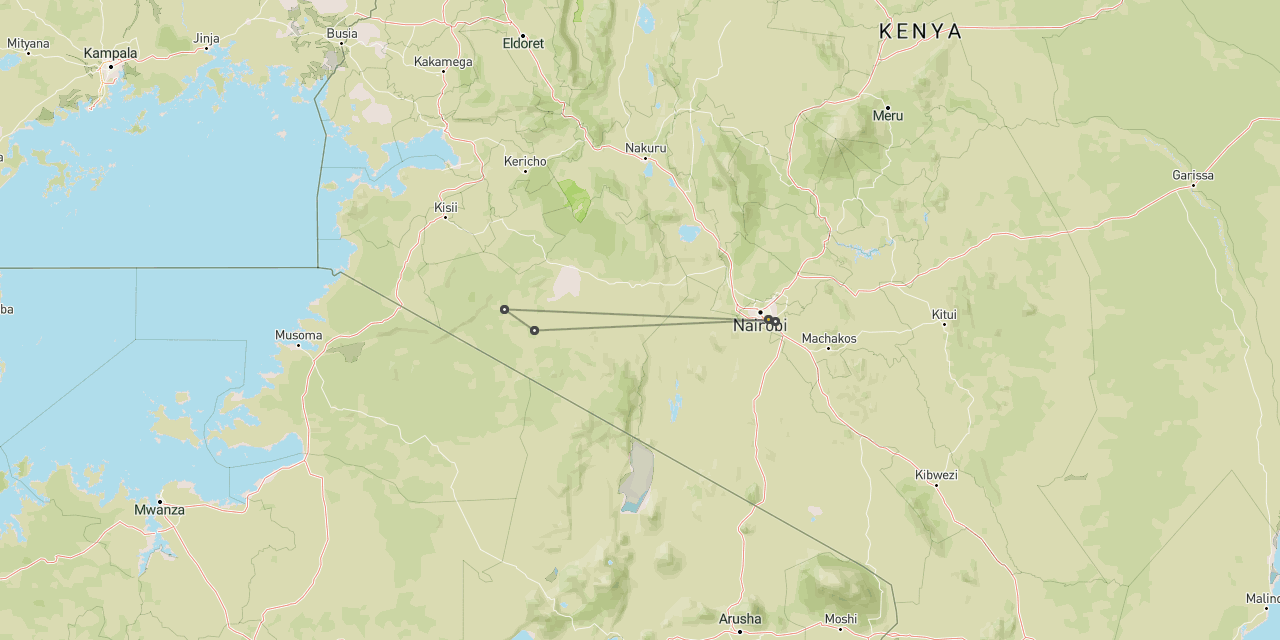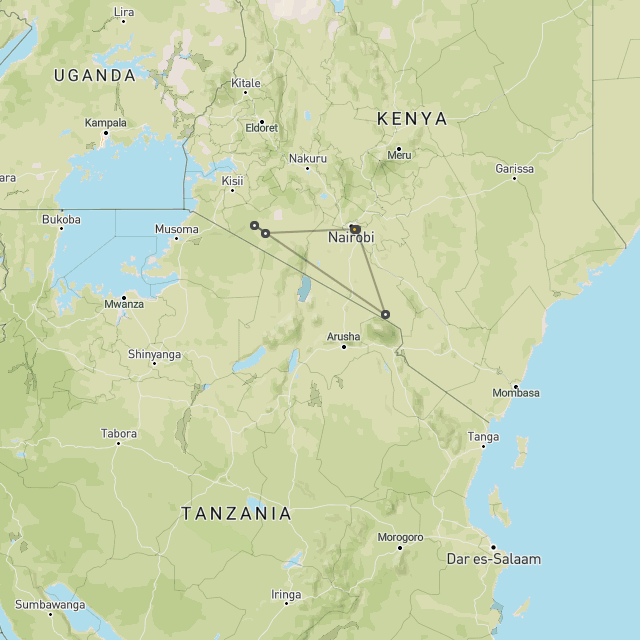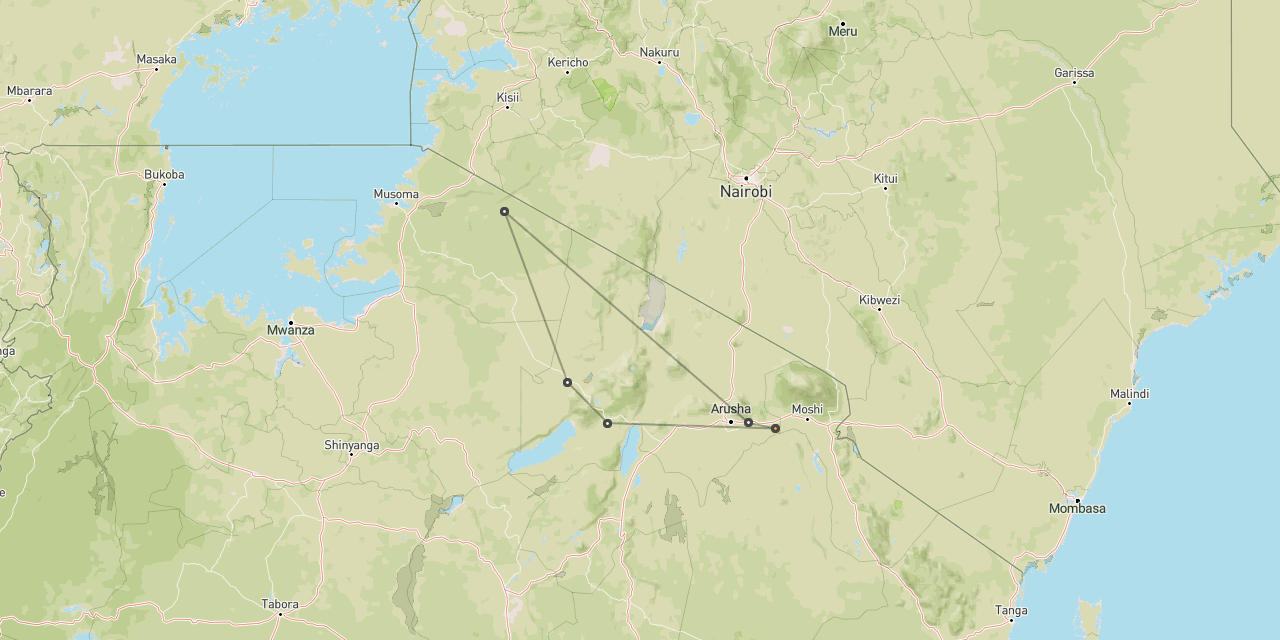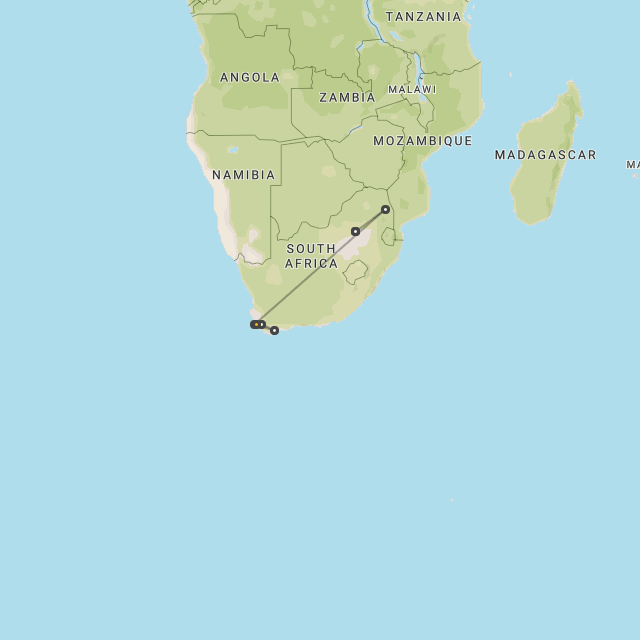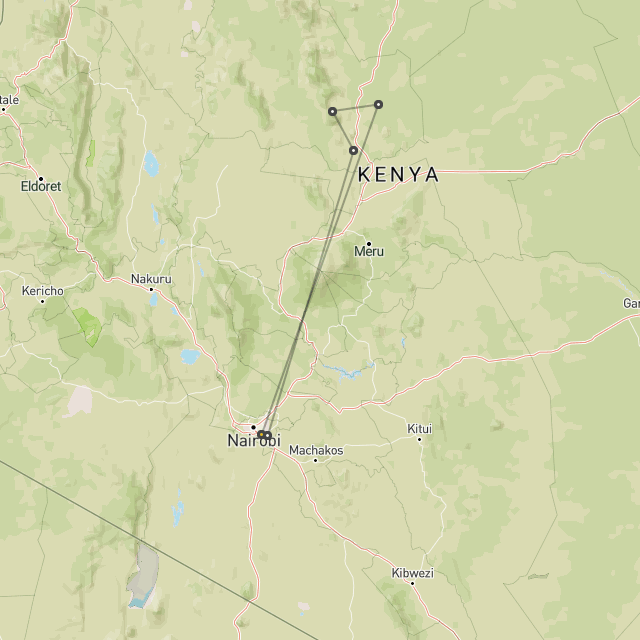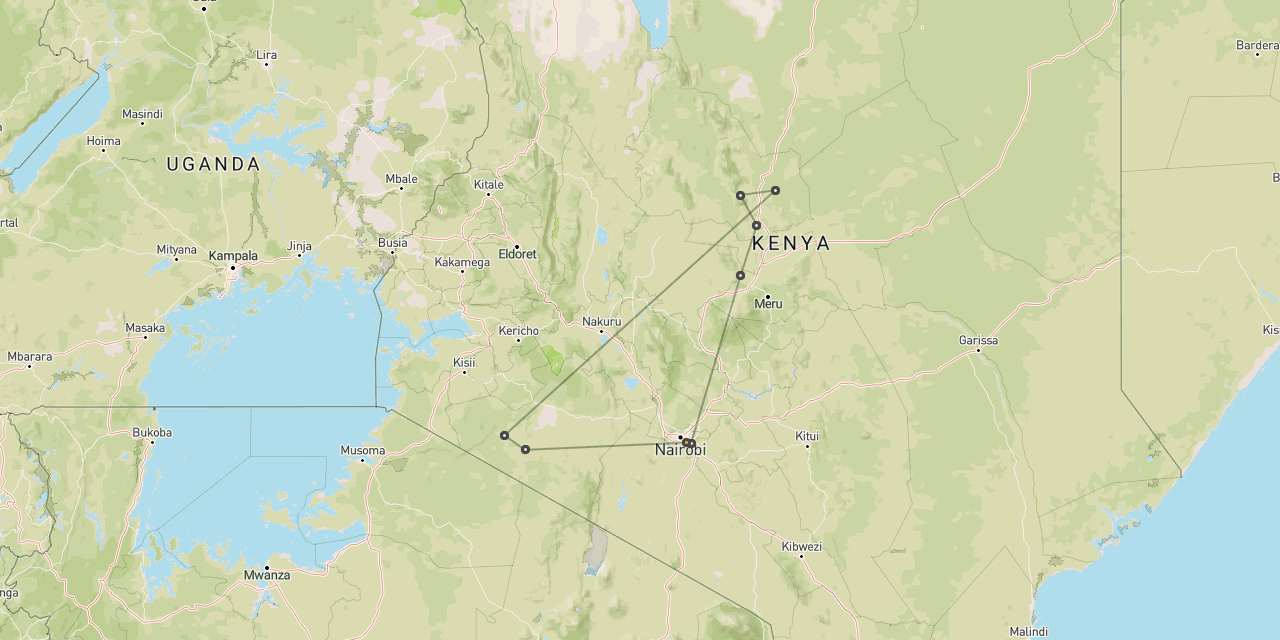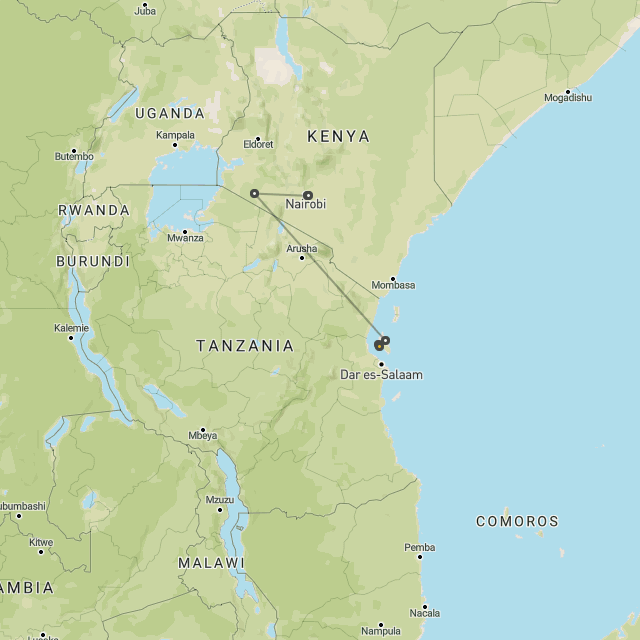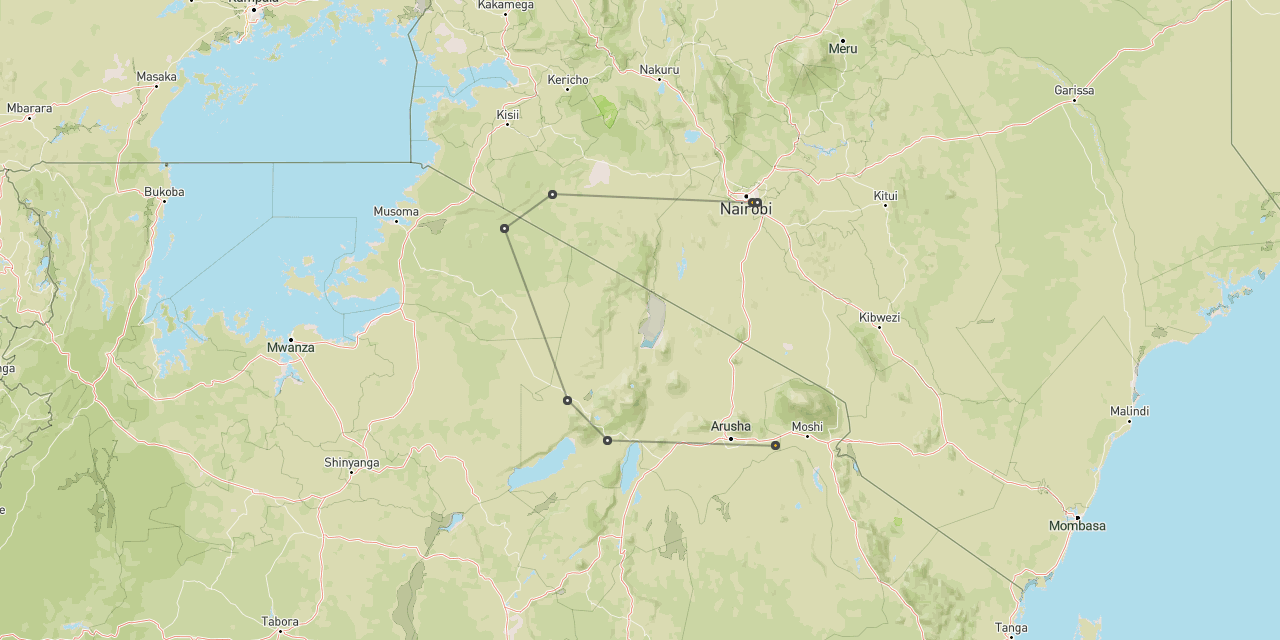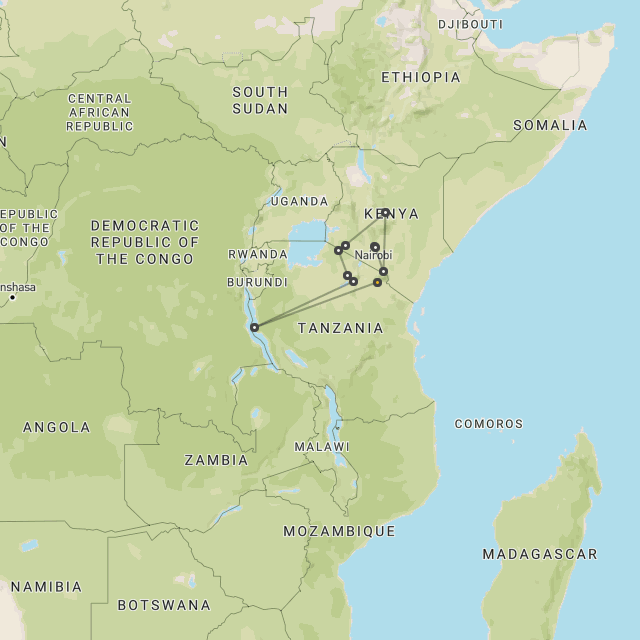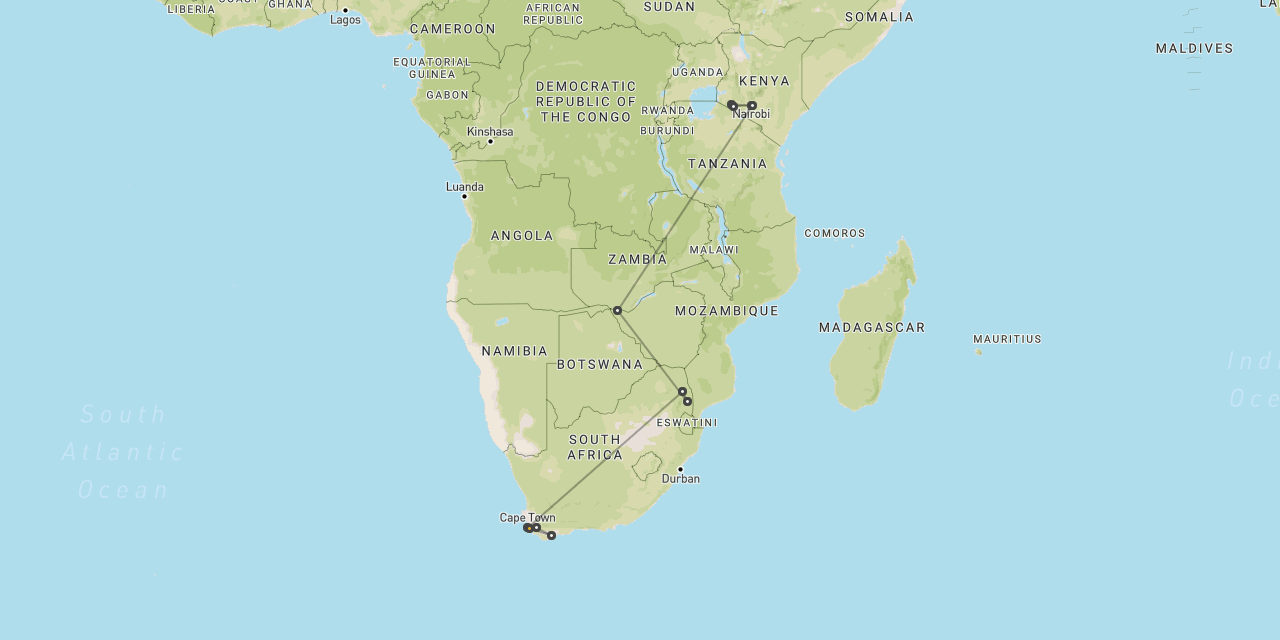
Safari in Samburu
Samburu
is an iconic and hypnotic
reserve in the arid north of Kenya
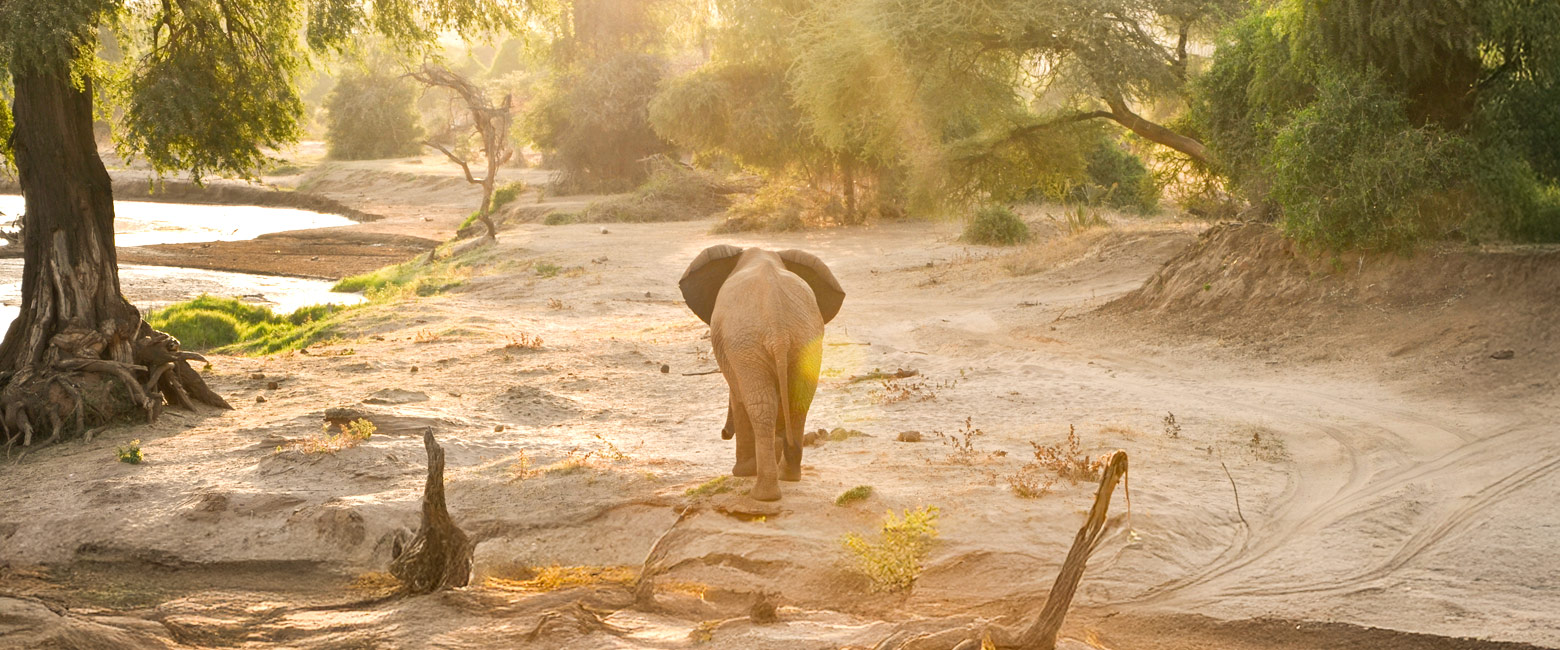
an ephemeral river bringing life to the semi-desert
Set 230 km (140 miles) north of Nairobi, Samburu National Reserve is an arid and particularly atmospheric safari area.
This far north the land is hot and arid, creating an hypnotic collection of semi-desert landscapes. The area provides a wonderful contrast with the more heavily watered areas such as the Maasai Mara.
The Ewaso Nyiro River brings water to this otherwise parched land, fringed by a shock of verdant hardwood forests and characteristic doum palms.
The river makes it possible for a wide range of wildlife to survive and prosper here. Special sightings include Grevy’s (imperial) zebras, gerenuks, reticulated giraffes and Somali ostriches. There is also a good range of predators including lions, leopards and spotted hyenas.
Vehicle safari is the main activity, sometimes punctuated with bush picnics and sundowner drinks. At the better camps walking safari, camel safari, mountain hiking and cultural interaction are often also high on the agenda.
The primary issue to consider when planning a safari to Samburu is vehicle traffic.
Unfortunately the core reserves are home to around a dozen large mass market lodges, which between them spill dozens of safari vehicles and minibuses into the main riverside wildlife viewing areas.
The usual way to avoid vehicle clustering is to stay in one of the private areas outside the reserve, where you can enjoy your safari in peace. If you then need to raid into central riverine areas at any point, you can do so during the heat of the day, when most people will be back at their lodges.
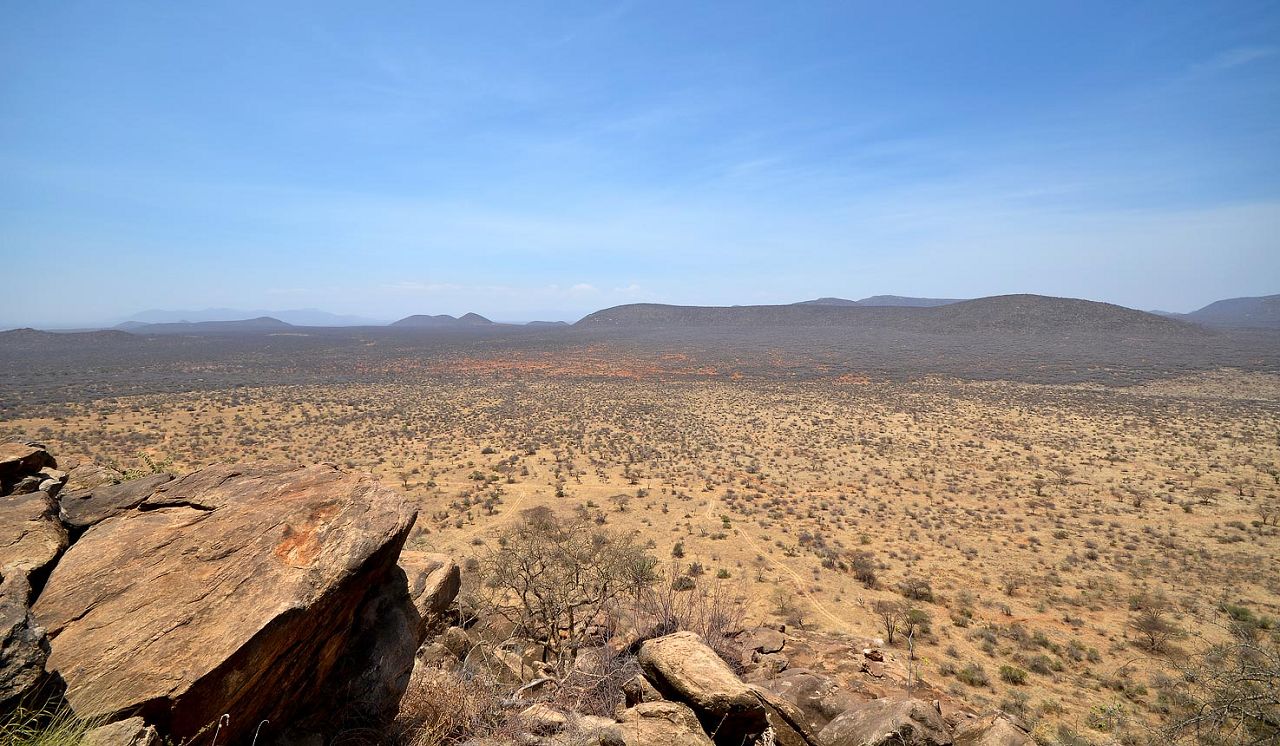
Gallery
Map
Samburu features in a relatively high proportion of trips to Kenya, being perhaps the second most popular area after the Maasai Mara.
The usual stay duration is 2-4 nights.
Seasonality
The best time of year to visit Samburu is generally considered to be the Jun-Oct dry season, but there are good reasons to visit during other months. In an area as naturally arid as this, the Jan-Mar green season can also be particularly interesting.
Getting there
The majority of visitors to Samburu arrive by road as part of budget overland safari, heading to the handful of larger and lower quality lodges inside the reserve. This is the traffic we are trying to avoid.
The majority of our guests access Samburu by light aircraft from Nairobi and distant safari locations like Maasai Mara and Amboseli.
We also sometimes recommend Samburu as a stop on a high quality overland safari steering through the backtracks of this northern region, in which case you would also usually start by arriving into Lewa Downs by light aircraft, heading here by road, then either flying out or continuing overland to the more remote Mathews Range further north.
Where to stay
The vast majority of visitors to the Samburu area choose to stay in just one lodge, typically for 3-5 nights. The best lodges in the area are mainly located outside the main reserves …
On the Kalama Conservancy the stand-out option is the funky mountain top retreat of Saruni Samburu.
On the West Gate Conservancy the best option is the rather chic and stylish Sasaab.
Inside Samburu National Reserve itself the most interesting option is Elephant Watch Camp, home to conservationists, the Douglas-Hamilton family.
unusual northern species including gerenuks and Grevy’s zebras
let us know your thoughts about Kenya
and we will help you create the perfect safari
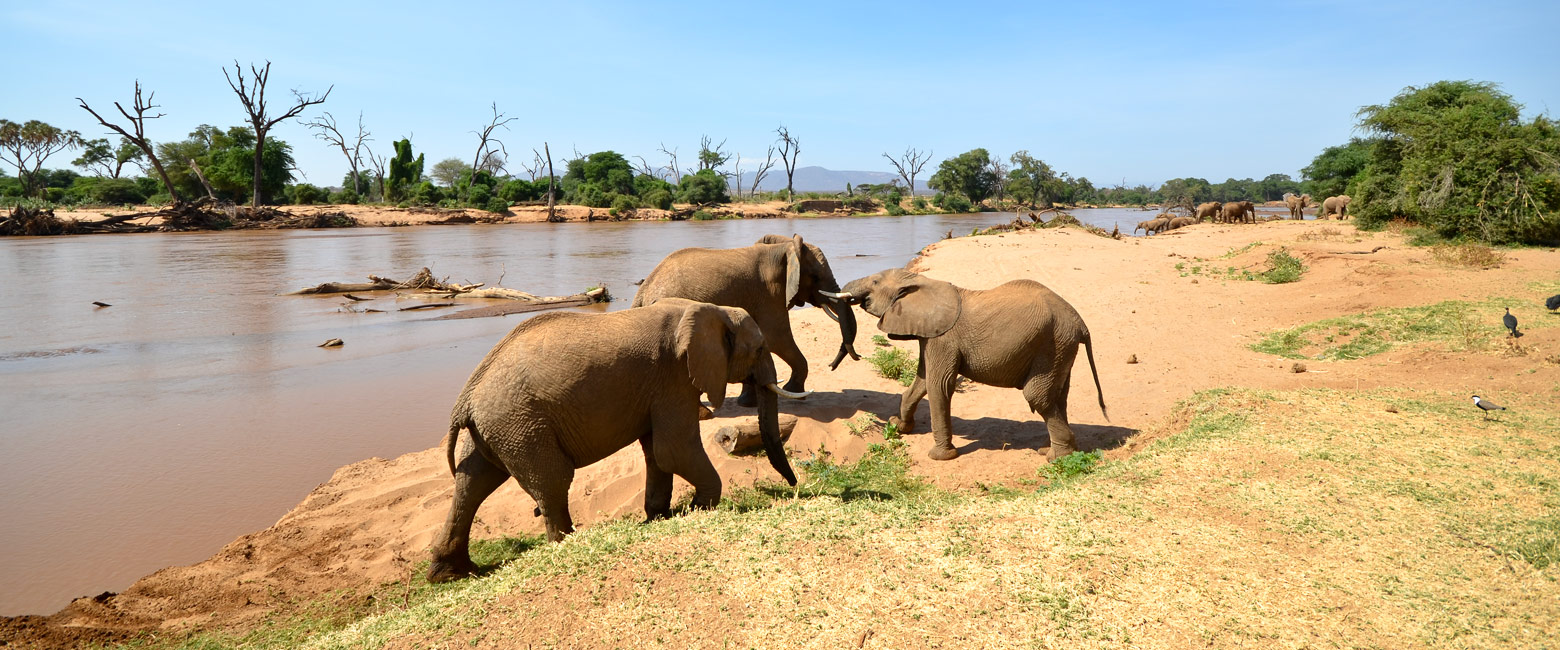
Extraordinary tailor-made adventures,
from earthy and edgy to easy and extravagant
From around USD 2500 per person, you set the ceiling
Sample Trips
Here are some of our popular trip shapes

Get started on your trip
It’s never too soon to get in touch, we are here to help with every stage of your planning.
Best Lodges
We regularly inspect and photograph all of the the best lodges, to ensure that we always recommend the most suitable options
Key Locations
Take a look around related locations. Click ‘View more’ to explore locations further afield.











